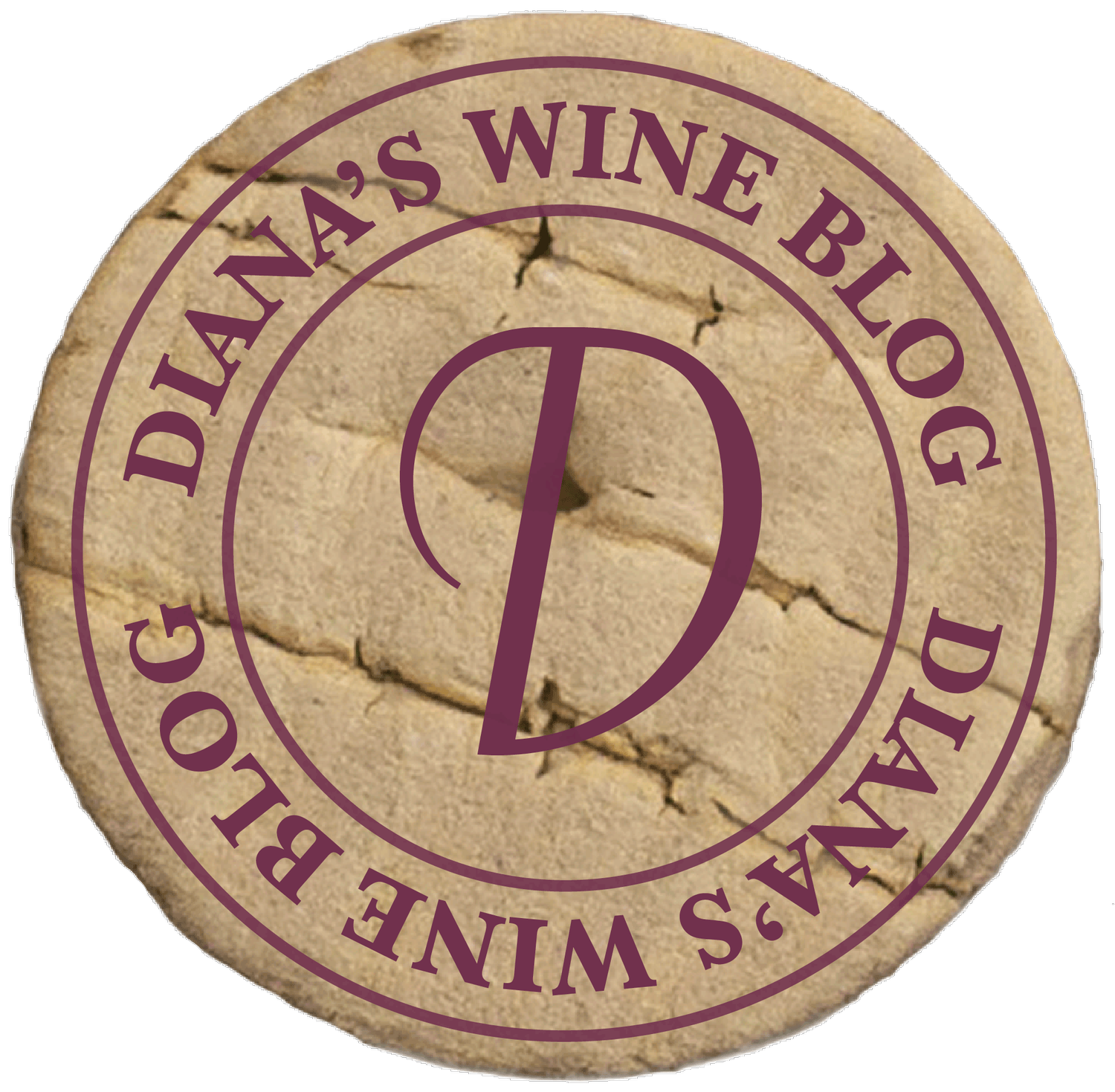Vintage Matters
Just this weekend, I was shopping in a local wine store. It was one of the big stores, as I was looking to purchase some glassware as a prize for a blind wine party. Since I cannot stop myself from browsing the shelves, I passed by the Spanish section. There was this excellent Grenache from Alto Moncayo Veraton, and the shelf talker announced, “92 points from The Wine Advocate.” The price was under $26, and one would say that would be a good purchase. I looked closer at the shelf talker to find the year that the wine garnered that rating, and it was 2009. The wine that they were selling on the shelf, though, was a 2011. While the 2011 of this wine was rated the same – what if it had not been?
Herein lies the problem. All vintages are not the same. That may be a real understatement this year, as California faces its worst drought in history. Winemakers deal with Mother Nature, and each season presents its challenges. In Napa Valley, the past few have been very different; and you will see the difference on the shelf and in the bottle.
2010 was a cool growing season in Napa Valley, which meant that, for the most part, the fruit needed to hang on the vine longer to reach phenolic ripeness. Well, it was a season that was cool until the end; and then the valley saw temperatures over 100 degrees for many days. Some vineyard managers had trimmed back the canopies of the vines to get more sun, and then many clusters were burned when the heat came. The obvious point here is that the yield went down since many of the burned clusters were trimmed and left on the ground. The winemakers were still able to produce some wonderful wines, albeit at smaller quantities.
2011 was wet and cool. The majority of wines reflect that, showing more secondary flavors such as tobacco and herbaceous tones. These are notes that are more reminiscent of wines from the cooler growing regions such as France. This perhaps was one of the most challenging seasons for a long time, and this is where the winemakers really earn their money. It is then that they have to show what can be done when good old Mother Nature deals you a tough hand.
2012 has been said to be one of the most perfect years for a long time for grape growing in Napa Valley. It was warm but not too hot and without early rain. This is a year that yields were very high, and you can look forward to very good wine with lots of availability.
Please know that this only a big brush overview of the seasons in Napa Valley. The valley has many microclimates that contribute to varied growing environments. Elevations such as Howell Mountain and Spring Mountain, for example, are all affected differently from the valley floor. How the vineyard is situated, the types of exposure, etc., will all affect the vines. This is where great vineyard managers make their contribution as they work to deal with the elements.
So, the message here is that vintage matters. While a wine may garner a high score one year, it doesn’t necessarily mean that the next year will be the same. That is where a strong team comes into play with savvy vineyard managers and an experienced winemaker. How they deal with the elements matters in their effort to make wine that appeals to your taste. Taste before you buy to make sure it is what you like.
Enjoy!
